One of the (many) things we love about jigsaw puzzles is that they don’t require you to read instructions or get your head around new terminology.
That said, there are times when it might be nice to know the correct words for some of the things we encounter during our regular puzzling, like what’s the thingummy that goes into the other thingummy? Here are some of the most common terms, plus a few you might not have heard before.
A B C D E F G H I J K L M N O P Q R S T U V W X Y Z
A
Anchoring – when you find that piece that lets you connect a large centre area to one of the edges. Then you know you’re really on your way.
B
Blanks – the ‘holes’ in a jigsaw puzzle piece that receive the tabs of other pieces. Some puzzlers call these sockets, slots, or simply holes.
Buyer’s remorse – getting your hands on a brand-new puzzle only to realise you have no room for any more in your collection. Somehow, we always find space.
C
Competitive puzzler – a Puzzle Nerd® who has taken their passion to the next level. These puzzlers put their skills to the test against nerds from around the world to complete jigsaws in the fastest time. Check out our interview with competitive puzzlers Cronicas Puzzleras.
Contour cut – this is when pieces are cut out to follow the lines of an object in the image. The earliest jigsaw puzzles used a contour cut to dissect maps, helping children to learn geography.
D
Dancing man – a puzzle piece that has a tab at the top like a head, and blanks on the other three sides. You know the one.
Delayed gratification – when you can finally start on your puzzle after spending what seems like hours turning over and sorting your pieces.
Die cut – the method for creating mass-produced puzzles. Since the 1930s puzzles have been made from cardboard sheets that are cut into their pieces using a metal die, which works like a giant cookie cutter. Prior to this, puzzles were printed on wood and had to be cut out by hand.
Dissectologist – did you know this is the technical term for someone who enjoys assembling jigsaws? We prefer the term Puzzle Nerd®, but this might make you sound more interesting at parties.
Domestic tragedy – when you hear the words “Can you move your puzzle? I need the table.”
E
Edges first – one of the most common ways of approaching a puzzle. The pieces with straight sides can be easy to identify and putting the edges together helps you to frame your image. Check out our post on how to complete a jigsaw puzzle quickly.
Evil genius – someone who designs impossible puzzles. In 2018 Yuu Asaka created a puzzle with five corner pieces, made from clear blue acrylic so there is no ‘right’ side up.
F
The Final Countdown – that bittersweet feeling of getting down to your last ten pieces.
Frenemies – two pieces that might technically fit together, but aren’t the right match.
FSC cardboard – the Forest Stewardship Council (FSC) is dedicated to promoting responsible forestry. Cardboard with this label has been produced without harming the world’s forests. Cloudberries proudly use FSC cardboard for all our puzzles – just look for it on the box!
Fully interlocking – this is the kind of puzzle you are probably most familiar with. The pieces fit together in a way that they can’t easily be moved once placed, usually connected by blanks and tabs. Cloudberries’ puzzles are fully interlocking.
G
Gloss finish – this describes how shiny the surface of your puzzle is. Puzzles created with a gloss finish are more reflective in the light. The opposite of this is a matt finish.
Gradient puzzle – rather than using an illustration or photograph, these puzzles feature a design that shows a slow colour shift from one side of the board to the other. Some puzzlers find the lack of shapes more challenging, while others find the logical order of the colours makes it easier. Try our 1000-piece or 2000-piece Gradient puzzle and see what you think.
H
Half-cut – nothing to do with being drunk. These are puzzles that aren’t punched all the way through, used for displaying puzzles in shops without them falling apart.
Hole in one – getting a puzzle piece in on the first try. Yesssss.
I
Impossible puzzle – considered to be the most challenging jigsaws a puzzler can attempt. Examples include all-white puzzles, puzzles with no edge pieces and non-interlocking puzzles with pieces that can fit in a number of different places.
Innies/Outies – what the less mature among us call the blanks and tabs on puzzle pieces. Don’t judge, we’ve all done it.
L
Laser cut – the modern method for producing puzzles that can’t be put through a die-cut press, such as those made of wood or acrylic.
Linen finish – Cloudberries puzzles are produced with a textured matt linen finish, which reduces glare and produces a stronger puzzle piece.
M
Matchmaking – taking a piece from the area you’re trying to fill and using it as a colour swatch to scan over your loose pieces.
P
Poster Puzzle – the Cloudberries signature range of jigsaw puzzle for adults. The designs are beautiful enough to be framed and hung on the wall!
Pre-production – getting set up to start a new puzzle by sorting out edge pieces, turning pieces over and grouping by colour.
Puzzle Nerd® – our favourite kind of person. Anyone who loves puzzling, whether they’re completely new to the challenge or getting ready to enter a competition.
Puzzler’s neck – the pain you get from leaning too long over a puzzle even though you know you should be taking breaks – sometimes you just want to get that section finished. If you suffer from chronic puzzler’s neck, you might want to invest in a tilting puzzle table.
R
Random cut – jigsaws designed to make assembly much harder for any Puzzle Nerd®. As the name suggests, the pieces have irregular shapes and may be non-interlocking.
Ribbon cut – puzzles that are cut so that the pieces form a grid, such as all Cloudberries jigsaws.
T
Tabs – the sticking out part of a puzzle piece, which fits into the blanks (holes) of adjoining pieces. Sometimes called loops or knobs.
Two-way tricks – while many die-cut puzzles ensure that each piece has a completely unique design, some use “double cutting” so that pieces will fit into more than one place. See also: Frenemies.
W
Whimsy piece – an individual puzzle piece that has been cut into the shape of an object, such as a bird or flower. The shape may or may not refer to the image featured on the piece. See also: Contour cut.
Working blind – assembling a puzzle without referring to the box. Some serious nerds believe this is the only way to go, but it does make things more difficult, especially for very detailed images. Here are some more ways you can make a jigsaw puzzle more challenging.
Is there a word we’ve missed or a term you are still searching for? Does your family have its own special puzzle vocab? Let us know in the comments below or drop us a line on hello@cloudberries.co.uk
Test out your new lingo with one of our favourite puzzles!
-
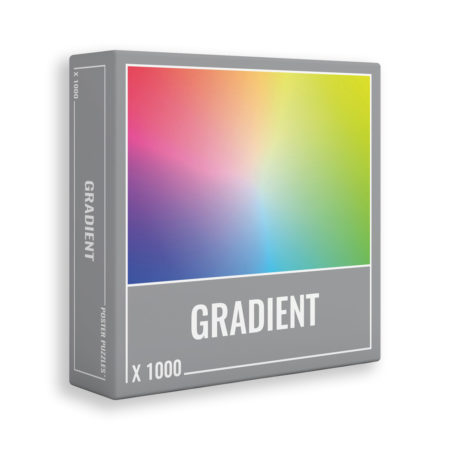 Gradient Jigsaw Puzzle (1000 pieces)US $24.99
Gradient Jigsaw Puzzle (1000 pieces)US $24.99 -
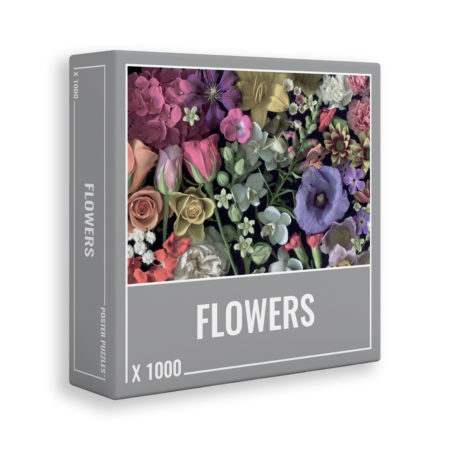 Flowers Jigsaw Puzzle (1000 pieces)US $24.99
Flowers Jigsaw Puzzle (1000 pieces)US $24.99 -
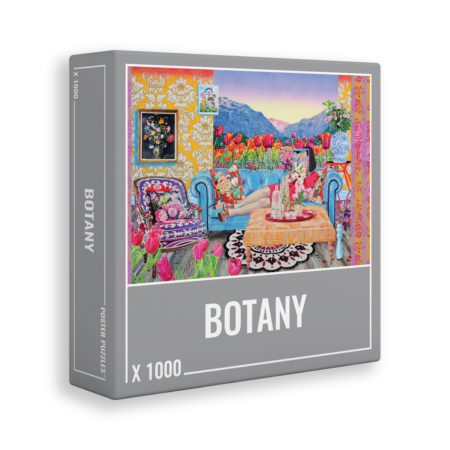 Botany Jigsaw Puzzle (1000 pieces)US $24.99
Botany Jigsaw Puzzle (1000 pieces)US $24.99 -
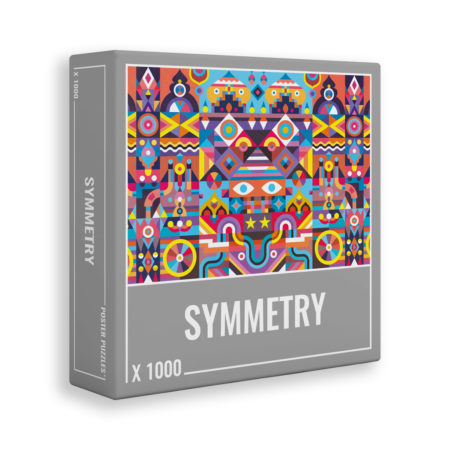 Symmetry Jigsaw Puzzle (1000 pieces)US $24.99
Symmetry Jigsaw Puzzle (1000 pieces)US $24.99 -
 Skyline Jigsaw Puzzle (1000 pieces)US $24.99
Skyline Jigsaw Puzzle (1000 pieces)US $24.99 -
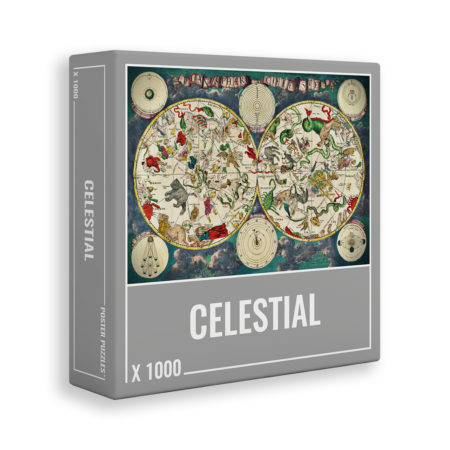 Celestial Jigsaw Puzzle (1000 pieces)US $24.99
Celestial Jigsaw Puzzle (1000 pieces)US $24.99 -
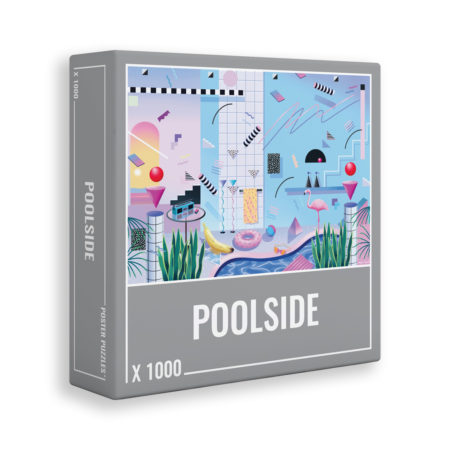 Poolside Jigsaw Puzzle (1000 pieces)US $24.99
Poolside Jigsaw Puzzle (1000 pieces)US $24.99 -
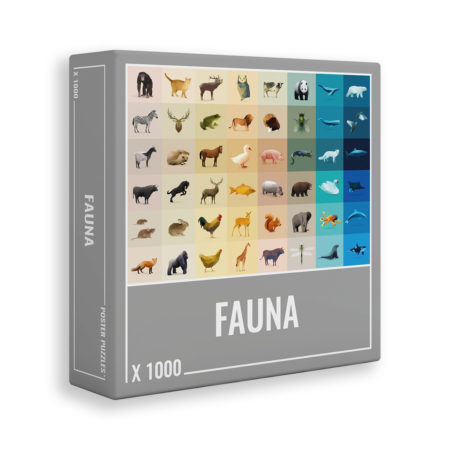 Fauna Jigsaw Puzzle (1000 pieces)US $24.99
Fauna Jigsaw Puzzle (1000 pieces)US $24.99 -
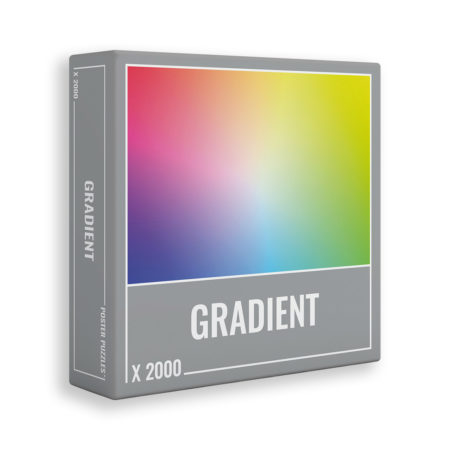 2000-Piece Gradient Puzzle (2000 pieces)US $31.24
2000-Piece Gradient Puzzle (2000 pieces)US $31.24


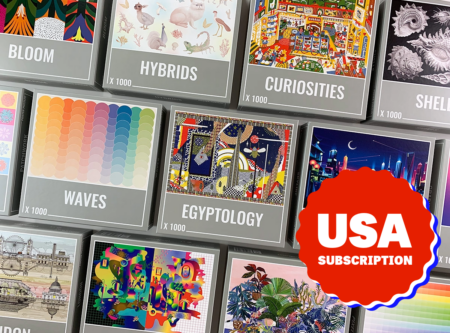
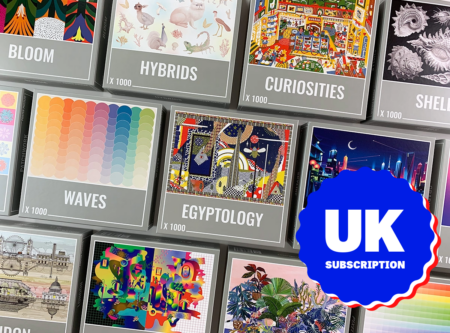


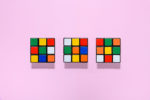

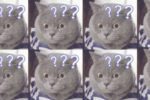
Good one! Maybe a puzzle artist?
What is the name for someone who designs and makes puzzles?
This glossary is a lovely idea. Thanks for putting it together.
I’m curious to know if there’s an exclusive term used to refer to the image on the box. There are obvious ones like ‘the guide’ and ‘the reference’ and you’ve used ‘the image’ in your discussion above. But I’m hoping, probably in vain, for something that might be exclusive to Dissectologists or something commonly used by them.
Regarding “Domestic Tragedy” – I got a piece of cheap masonite at Home Depot cut to the size of my dining room table, so it can be put over an in-progress puzzle and taped down with a few pieces of duct tape when we need to use it. If you cover it with a tablecloth noone knows and you can carry on another time.
We use the term cross-lock when we connect pieces all the way across a puzzle. Very satisfying!! 🙂
What do you call a puzzle piece that has two “knobs” next to each other (not opposite ends)?
Thank God I’m done!
What is the most common statement made when you complete a puzzle?